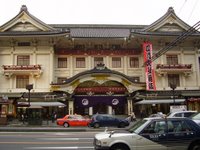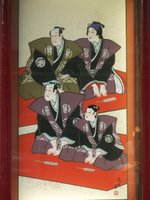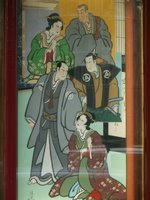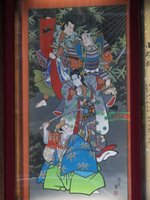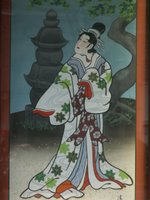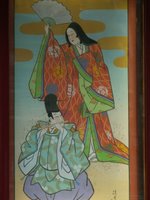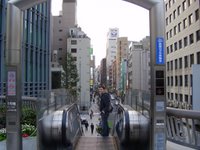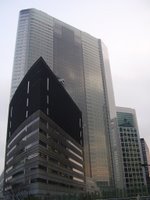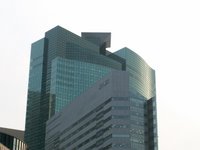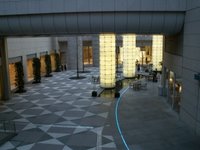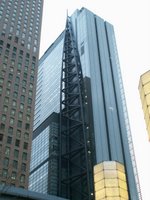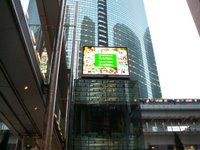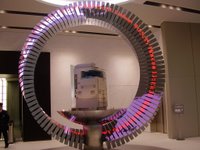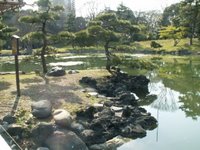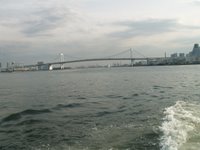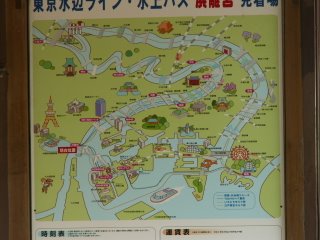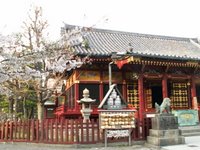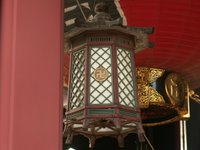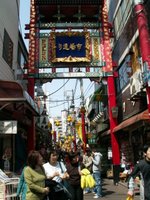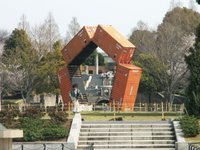The Art Of Bowing
When you enter a shop, all of the workers shout:
“Irasshaimase” (welcome*)
I had heard and read about this before I came to Japan but unless you see it, it’s very hard to imagine. It is said to EVERY SINGLE PERSON that walks in. Could you picture walking into Woolworths and being greeted by each member of staff when they see you. Hey Martyn?! You’re lucky if you get a scowl. Sorry Martyn.
I still feel uncomfortable as it’s not expected of you to reply. In fact, there isn’t actually much you can say to the chorus of "welcome". Nevertheless, I find myself sometimes about to say it back to them, like an automatic reflex. Similar to your birthday, where you catch yourself about to say "happy birthday" back. Or is that just me?
Leaving, however, is a completely different ball game, as you get to play too. And it begins one of the greatest games you can play in Japan.
After you have paid and said “arigatou gozaimasu”, the person who serves you bows. You too bow**. Now, you can choose. Does the person look innocent or busy? If so, walk away. Or, you can bow again. Can you see where this is going?
Every time you bow, they bow a little bit lower. It’s cruel, but it’s fascinating. I haven’t gone over the top with the bowing; three or four will suffice. But…
It’s always fun to finish the bowing, walk towards the door and, just before you leave, turn and bow once more.
Oh, the power!
*Although it literally translates as “thank you for entering my place of work”.
**You bow, not the band. That would just be stupid.
